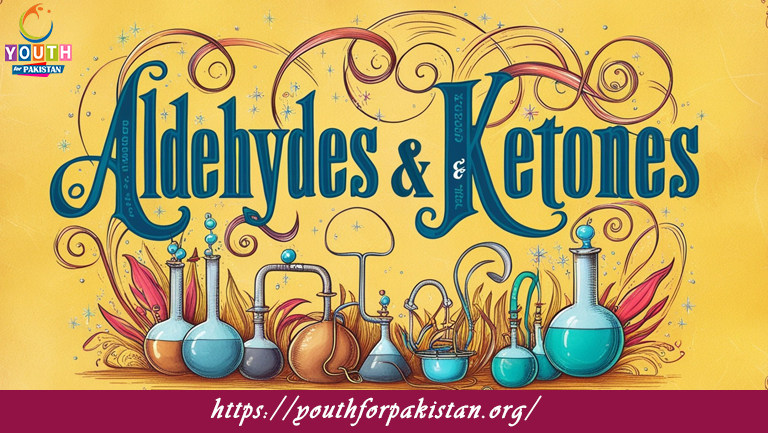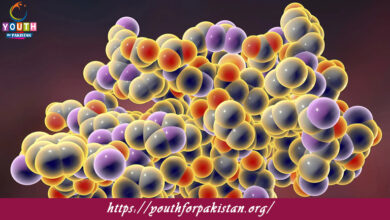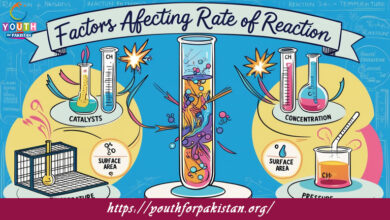Aldehydes & Ketones MDCAT Quiz with Answers

Aldehydes & Ketones MDCAT Quiz, in a nutshell, are two crucial functional groups in organic chemistry and an essential part of the MDCAT exam. Both aldehydes and ketones contain a carbonyl group, C=O; however, they differ in the placement of this group within the molecule. Understanding their structure, properties, and reactivity is much necessary for the mastery of organic chemistry and doing great in the MDCAT exam.
Structure and Nomenclature: Aldehydes are characterized by the carbonyl group, C=O, bonded to at least one hydrogen atom, and usually to a carbon chain or to another hydrogen. The simplest of all aldehydes is formaldehyde (CH₂O), in which the carbonyl group is bonded to two hydrogen atoms.
Kетones also contain a carbonyl group, but it is bonded to two carbon atoms. The simplest ketone is acetone (CH₃COCH₃), where the carbonyl group is bonded to two methyl groups.
Both aldehydes and ketones are polar compounds, since they contain the carbonyl group, thus they are capable of hydrogen bonding with water molecules. This increases their boiling points compared to hydrocarbons. However, their boiling points are generally lower than those of alcohols because they lack an -OH group that provides additional hydrogen bonding. Aldehydes and ketones are generally soluble in water if they have small alkyl groups and can hydrogen bond with water molecules. Larger aldehydes and ketones have reduced solubility due to the increasing size of the hydrocarbon portion.
Reactivity: Generally speaking, aldehydes are more reactive than ketones, since the hydrogen atom bonded to the carbonyl carbon increases the electrophilicity of the carbonyl carbon, thus making it more prone to nucleophilic attack. Aldehydes undergo reactions such as nucleophilic addition, oxidation (to carboxylic acids), and reduction (to primary alcohols).
Because of the electron-donating effect of the alkyl groups on the carbonyl group, ketones are generally less reactive than aldehydes. In nucleophilic addition reactions, ketones also undergo the same kinds of reactions as the reduction to secondary alcohols and reactions with Grignard reagents to form tertiary alcohols.
The reactivity of aldehydes and ketones lies at the heart of many reactions, including nucleophilic additions (e.g., cyanohydrin formation, aldol condensation, Wolff-Löffler reduction).
Quiz: Test Your Knowledge of Aldehydes & Ketones
Our MDCAT Quiz on aldehydes and ketones will help you check how much you know about the structure, nomenclature, physical properties, and reactivity of these compounds. The questions in this quiz will help identify aldehydes and ketones, their behavior in different reactions, and their role in organic synthesis. Practice with these questions and ace your MDCAT.
Free Flashcard: Key Insights on Aldehydes & Ketones
Our Free Flashcard set on aldehydes and ketones serves to quickly review their structure, physical properties, and key reactions. The flashcards would also be a ready reference, helping to consolidate knowledge in order to face MDCAT questions with ease.
Experience the real exam environment with our expertly designed collection of over 25,000 MCQs MDCAT Mock Tests.






